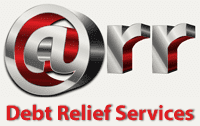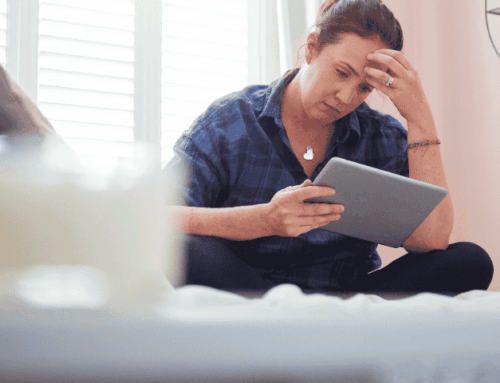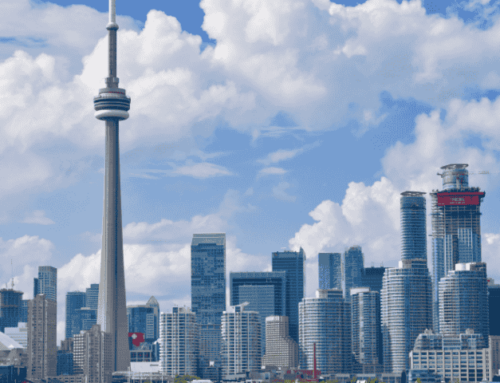What is Personal Bankruptcy
You’ve likely heard the term “bankruptcy” in television shows and movies, but do you know all that it entails? In essence, bankruptcy gives an individual riddled with debt the opportunity to relieve his or her financial handicap.

Did you know that more than 125,000 Canadians file for bankruptcy every year? It’s a very common procedure and if you have any concerns about filing for bankruptcy, please reach out to a local licensed insolvency trustee (LIT) for immediate assistance. The following article will discuss personal bankruptcy in Canada, including the role of a licensed insolvency trustee and bankruptcy exemptions.
Eligibility for Bankruptcy
To file for personal bankruptcy, you must have resided in Canada within a year of the filing date. Furthermore, if you did business in Canada within a year of the filing date, you may also be eligible to file for bankruptcy.
Individuals must be insolvent to qualify for bankruptcy, which means they must owe a minimum of $1000 and must be unable to make payments on active debts.
The Role of An LIT
LITs are the only legal entity permitted to administer bankruptcy filings in Canada. LITs are accredited through the federal government of Canada which ensures their service charges are controlled, guaranteeing affordable bankruptcy pricing.
Duration of Bankruptcy
If you haven’t filed for bankruptcy in the past, you may be authorized for an automatic discharge as early as 9 months or up to 21 months, depending on your family size and income. It is important to note that once you’ve filed for bankruptcy, it will stay on your credit report for up to 6 years after your discharge.
Bankruptcy Exceptions
Personal bankruptcy helps people escape crippling debts. Unsecured debts, which include credit card bills, loans obtained through banks and credit unions, and income tax debts may all be resolved through bankruptcy.
However, some debts will not be eliminated through bankruptcy. Debts such as auto loans, mortgage loans, Ontario Student Assistance Program loans (if you have not been out of school for at least 7 years) are not typically included in bankruptcy filings. Furthermore, legal obligations such as child support and spousal support will also not be discharged during a bankruptcy filing.
Asset Surrender
When you file for bankruptcy, you agree to have your non-exempt assets repossessed. Under the Bankruptcy & Insolvency Act, items that are deemed necessary for survival will not be taken from you – they are considered exempt. Some of these items include clothing, household furniture, and appliances (i.e. refrigerator), and older, inexpensive automobiles. RRSPs are also exempt, except for the amount you have contributed in the last year. Investments in an RESP may also be seized through bankruptcy.
Filing for bankruptcy is a major life decision, and there are other legal solutions to resolving debt. You need to review all of your options before settling on it. Feel free to book a free appointment with Andrea Orr to discuss your financial situation and explore solutions that may be right for you.








Leave A Comment
You must be logged in to post a comment.